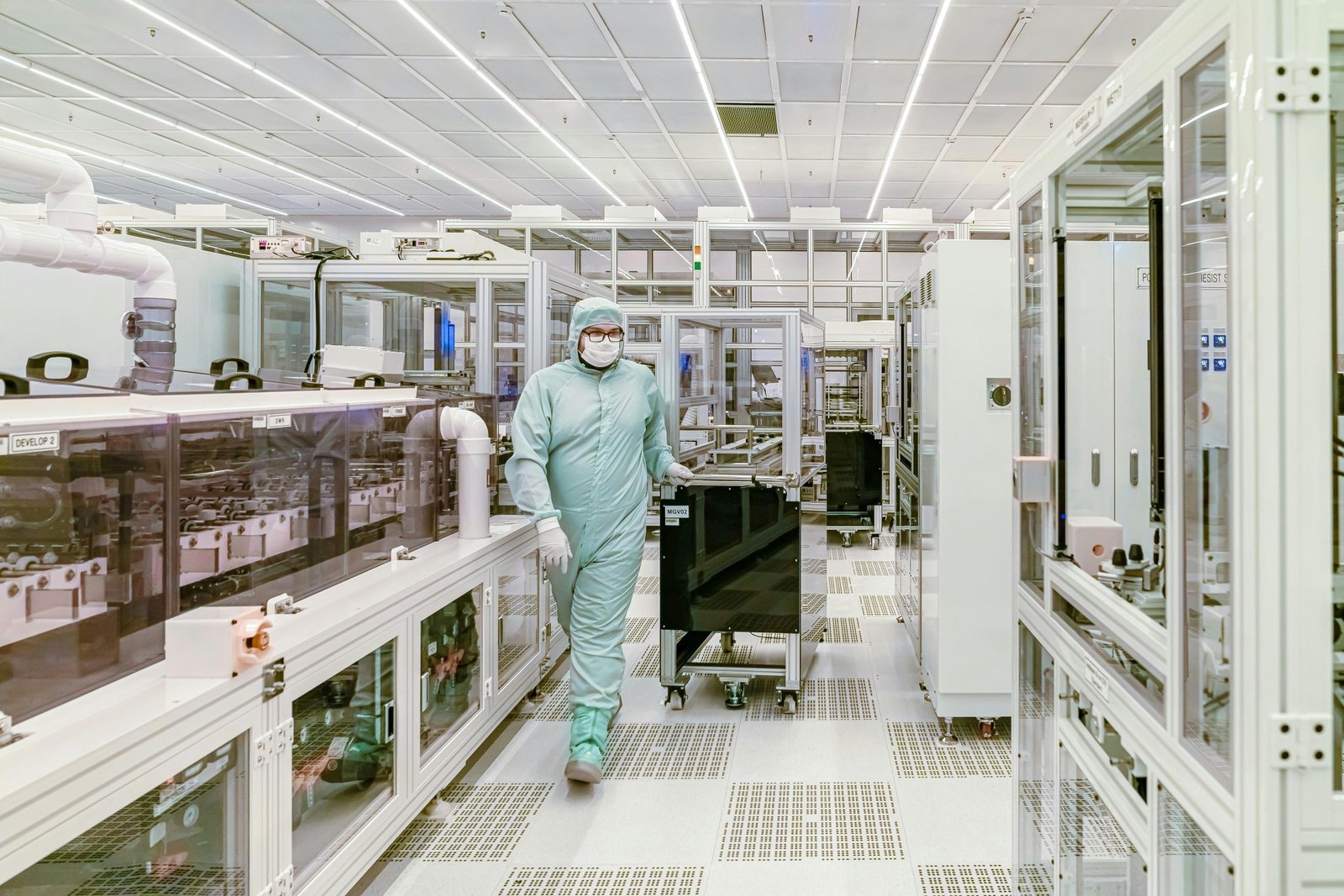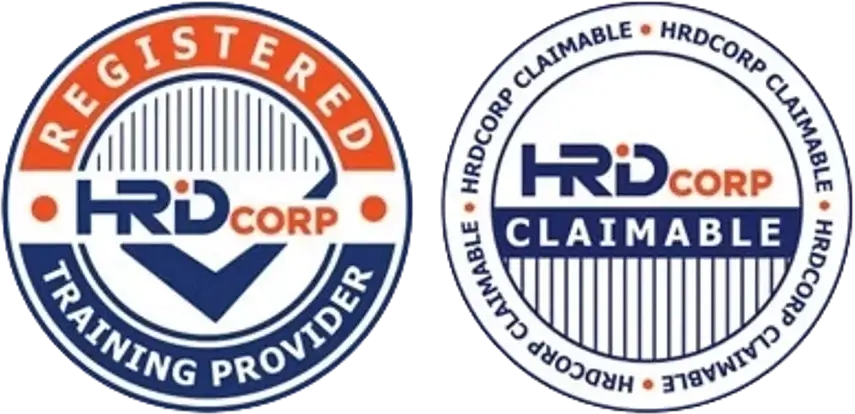Can GMP Help Prevent Cross-Contamination in Multi-Product Facilities?
Can GMP Help Prevent Cross-Contamination in Multi-Product Facilities?
Cross-contamination is one of the biggest risks in multi-product manufacturing, especially in the food, supplements, and pharmaceutical industries. Whether you’re producing allergens, different dosage forms, or high-sensitivity items, Good Manufacturing Practices (GMP) provide the framework to minimize these risks and protect product integrity.

Why Cross-Contamination Is a Serious Concern
-
Can lead to allergic reactions, product recalls, or regulatory penalties
-
Damages consumer trust and brand reputation
-
Affects label claims and product purity
-
Violates GMP and food safety standards like FSSC 22000 and ISO 22000
How GMP Helps Prevent Cross-Contamination
1. Facility Design and Layout
-
Segregated zones for high-risk products
-
Physical barriers between incompatible processes
-
Dedicated air handling systems to prevent airborne contamination
-
Clear material and personnel flow paths to avoid cross-traffic
2. Equipment Control and Cleaning
-
Use of dedicated equipment for specific product lines where necessary
-
Validated cleaning procedures between product changeovers
-
Cleaning logs and verification records maintained consistently
-
Use of color-coded tools and utensils
3. Personnel Hygiene and Behavior
-
Proper gowning procedures for different production zones
-
Handwashing stations at critical control points
-
Staff trained to avoid contamination through improper movement or handling
-
Controlled access to sensitive areas
4. Raw Material and Packaging Segregation
-
Separate storage areas for allergen and non-allergen materials
-
Clear labeling and identification of ingredients
-
FIFO (First-In-First-Out) system to minimize confusion and mix-ups
-
Use of tamper-evident and sealed containers
5. Production and Scheduling Controls
-
Allergen-containing products scheduled at the end of production runs
-
Adequate time and procedures for cleaning between batches
-
Records maintained for product sequencing and changeover verification
-
Risk-based scheduling to reduce cross-contact opportunities
6. Environmental Monitoring and Swabbing
-
Routine swabbing of surfaces and air for allergen or microbial residues
-
Pre-operational inspections to confirm cleanliness
-
Testing of equipment post-cleaning to verify removal of previous product residues
7. Documentation and SOPs
-
Standard Operating Procedures for cleaning, changeovers, and segregation
-
Batch records indicating cleaning status and line clearance
-
Staff trained regularly on updated cross-contamination controls
-
CAPA system in place for any deviations detected

Common Mistakes That Lead to Cross-Contamination
-
Inadequate cleaning between products
-
Reusing utensils or containers without verification
-
Overlapping production lines with shared equipment
-
Poor zoning or unrestricted personnel movement
-
Insufficient allergen control plans
Let CAYS Scientific Help You Strengthen GMP Controls
At CAYS Scientific, we assist multi-product manufacturers to:
✅ Design GMP-compliant facilities and flows
✅ Develop effective cleaning and allergen control programs
✅ Train staff on cross-contamination prevention under GMP
✅ Align your practices with ISO 22000, FSSC 22000, or HACCP
📞 Contact CAYS Scientific today to ensure your facility is safe, clean, and cross-contamination-free.


